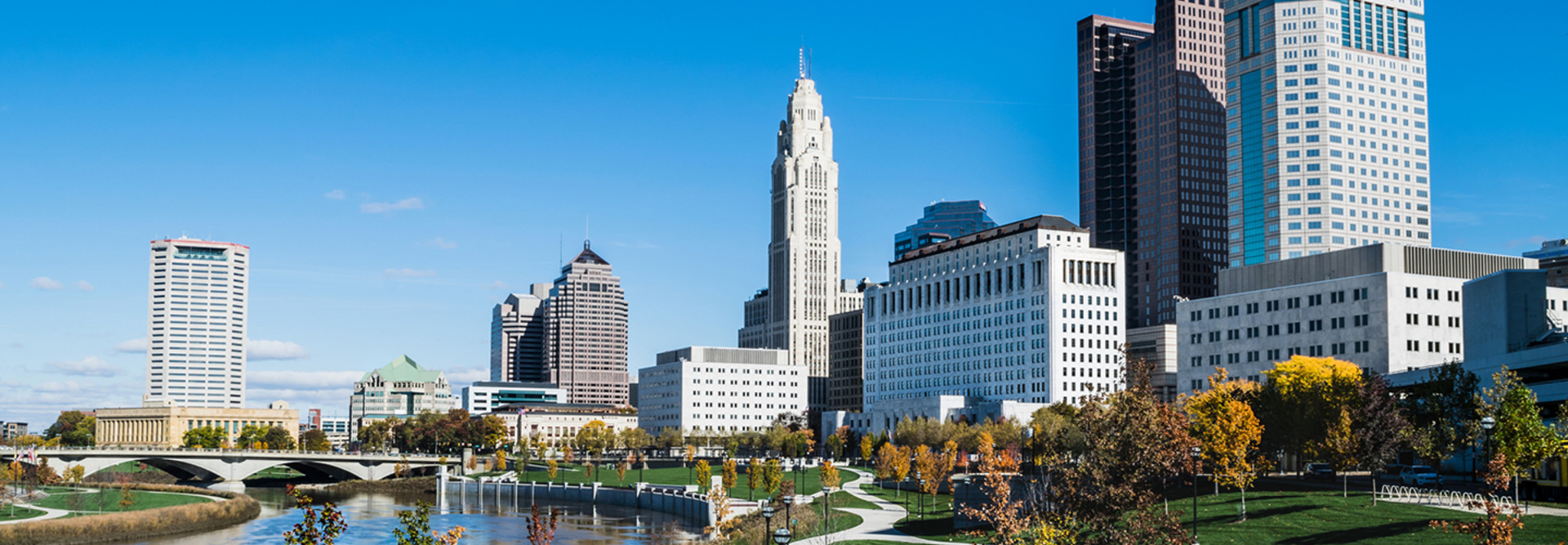How Columbus Plans to Make Use of AI Tech
Columbus, Ohio, is a hotbed of smart city activity, and made a name for itself with its burgeoning smart transportation programs. The city wants to use artificial intelligence to make those efforts even more intelligent.
The issue is that the city is still trying to figure out how to use AI, according to Columbus CIO Mike Stevens.
“I say it’s aspirational, because in Columbus we have a lot of data, but we have no information,” Stevens said last month at the Northern Virginia Technology Council’s Impact AI Summit, according to StateScoop. “We’re making this transition so we can understand all this data to better serve our residents.”
Columbus is thinking of using AI for its connected transportation programs as well as predictive policing, Stevens said. The city is approaching the technology gingerly, according to Stevens, but plans to use it to meet residents’ needs. “I’ve spent most of my career in local government, and we tend to be behind and try to catch up,” he said.
MORE FROM STATETECH: Find out how robotic process automation can help state governments.
Columbus Wants to Use AI in a Focused Manner
Columbus has been somewhat synonymous with the idea of a smart city since 2016, when it won the highly publicized Smart City Challenge, a nationwide contest put on by the U.S. Department of Transportation, which came with a $40 million grant.
The Smart Columbus OS, which is being created through open source technologies and will be available for other communities, will tie all of this work together and serve as an integrated data exchange that will combine public and private sector data. Pillar Technology, which has an office in Columbus, has been leading the development of the OS. The operating system will be used to create new use cases going forward, with the long-term goal of pulling in data from across the region. For example, Stevens said, the city may use the data to identify food deserts or enhance safety as part of the city’s Comprehensive Neighborhood Safety Strategy.
Stevens said the city’s first use of AI beyond the transportation initiatives that the city is working on under the DOT award might involve public safety or public health. Columbus wants to advance its relationship with community members and police and also cut its infant mortality rate, according to StateScoop.
“It was kind of easy for us [to parse smart city projects] because we won the Smart Cities Challenge from the U.S. DOT,” he said. “That was about intelligent transportation systems and mobility. So, we said, ‘How are we going to use the tools being developed in that space to improve our residents’ lives?'”
Last summer, the city and the DOT released a highly detailed, 205-page roadmap for its Connected Vehicle Environment project, spelling out the connected vehicle infrastructure it plans to construct over the next two years.
Under the pilot project, which will not officially go live until July 2020, the city will install 113 roadside units and other connected vehicle equipment at intersections with stoplights. The city will also deploy 1,800 onboard units that will be installed on participating private, emergency transit and freight vehicles, according to the document, known as a “concept of operations.” There will also be 12 vehicle-to-vehicle or vehicle-to-infrastructure applications. And the project “will capture, relate, store, and respond to data generated by the infrastructure, used by the applications for traffic management.”
Joanna Pinkerton, president of the Central Ohio Transit Authority, said at the conference that she has used AI to help the agency adapt to a changing world in Ohio, where millions of people are expected to move in the next decade.
Pinkerton will use AI to improve the road network and connected vehicle environment, including all manner of vehicle and pedestrian traffic.
“The breadth of government is so broad that people don’t realize how [AI] could be applied to every single segment,” Pinkerton said, StateScoop reports. “We can’t do it all at once, so we do have to focus.”









